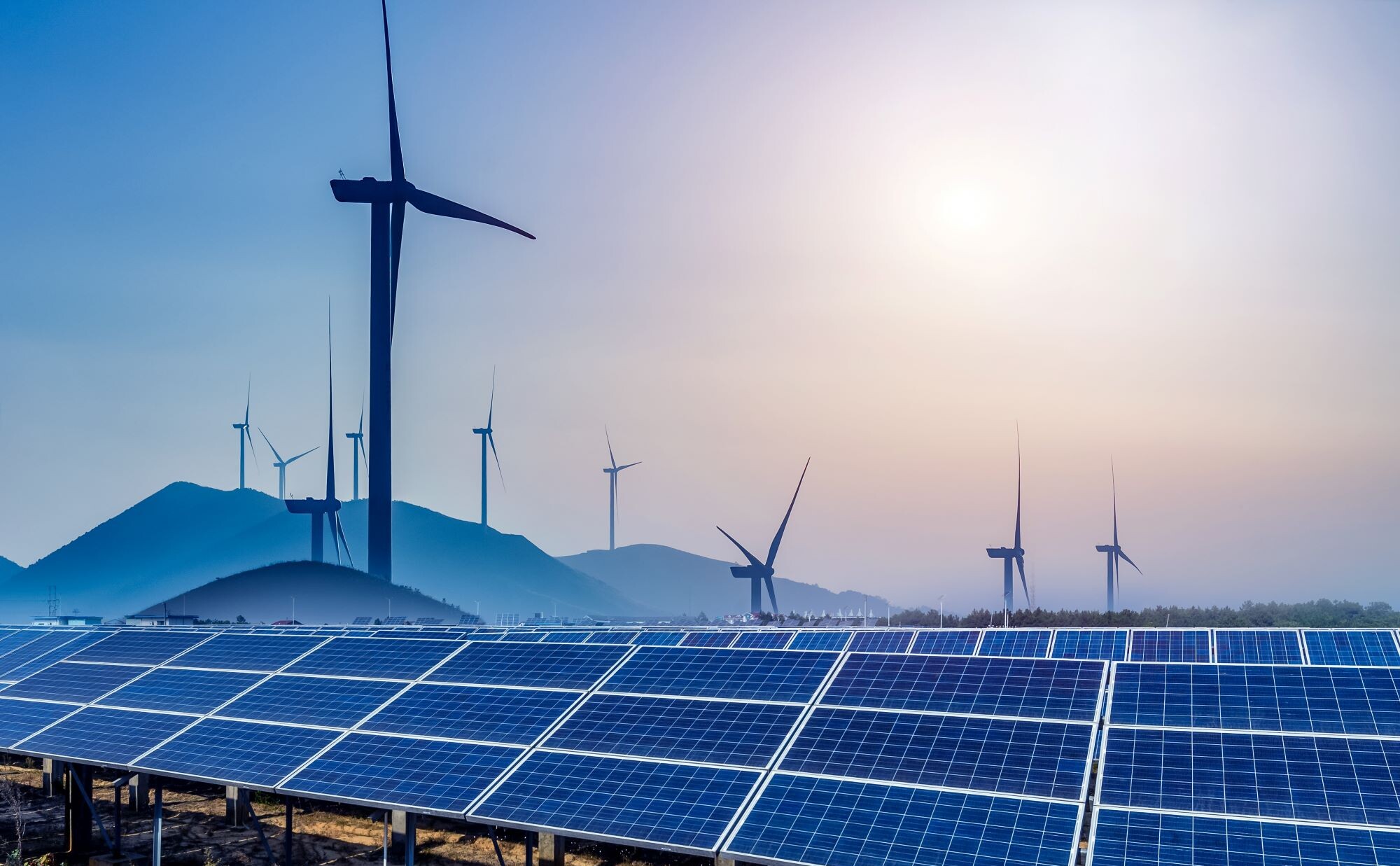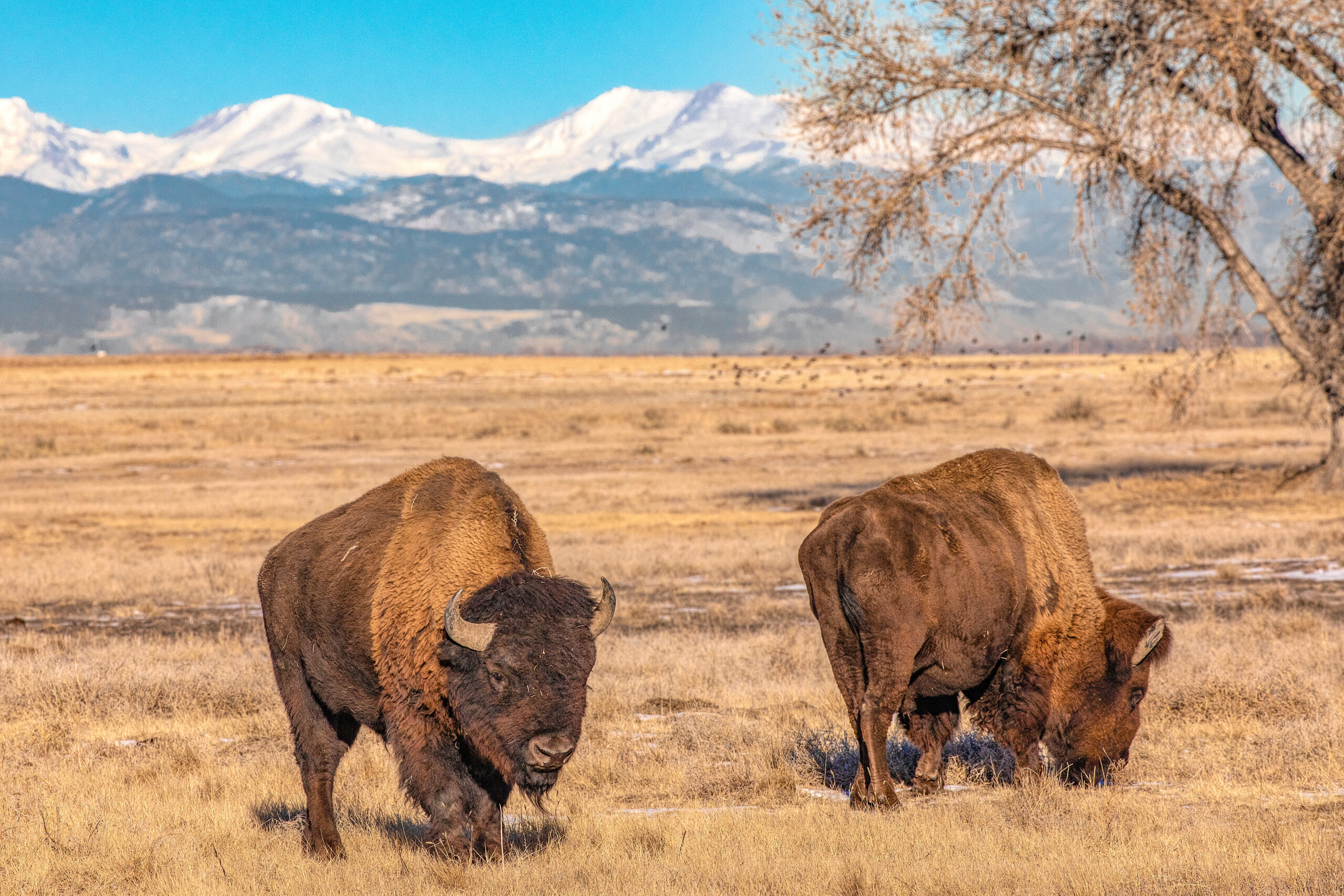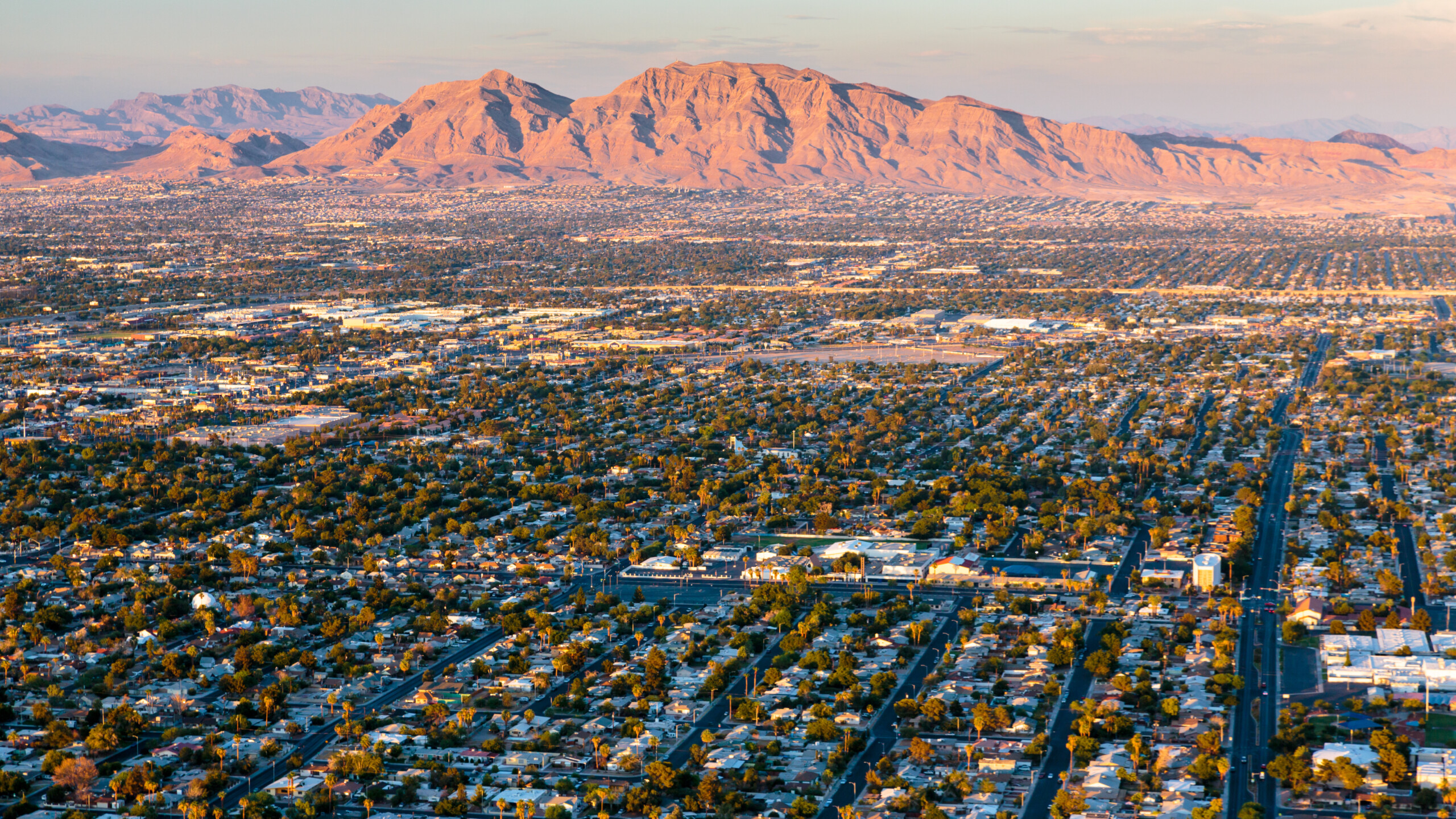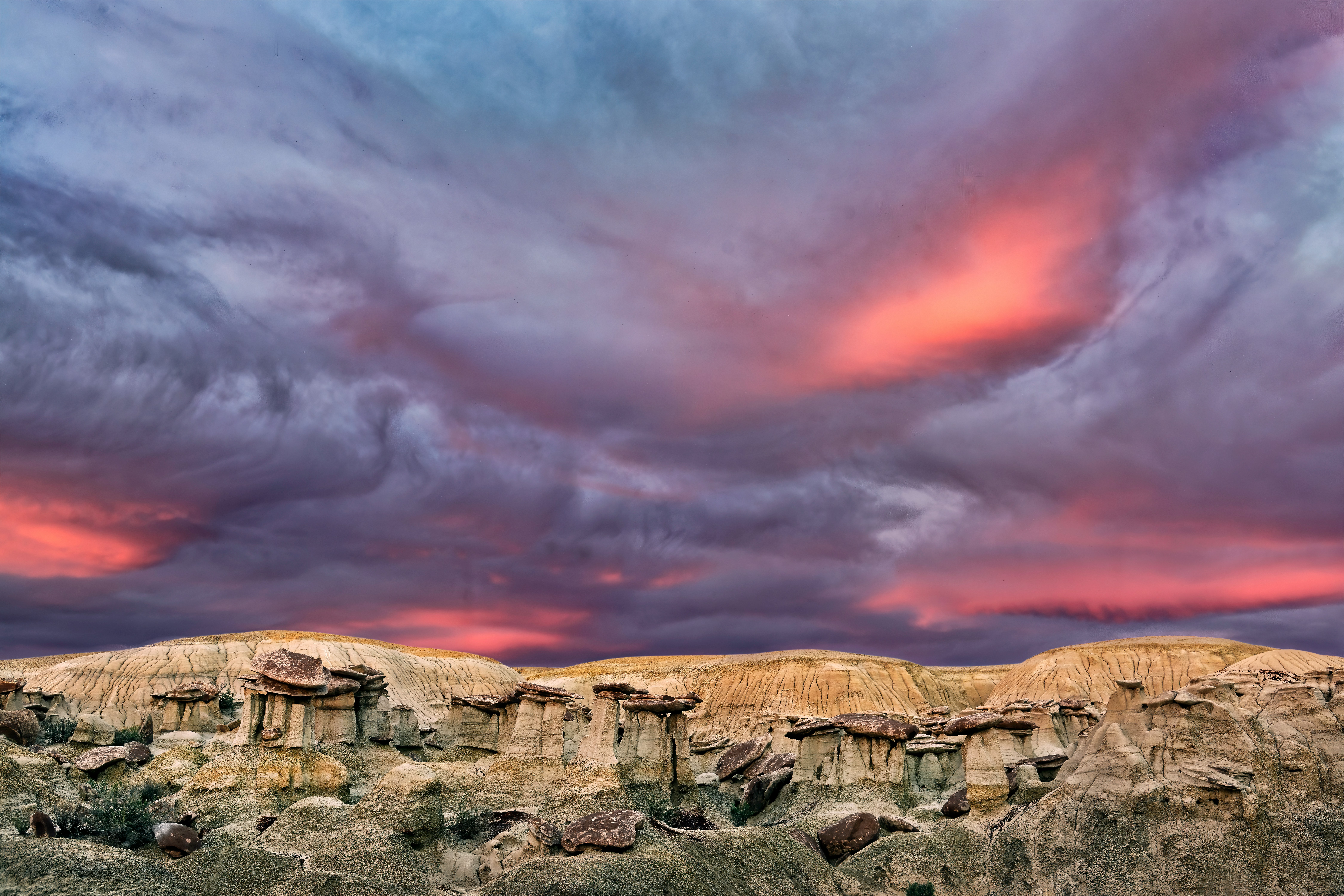February 9, 2024
As legislative sessions are in full swing across our region, WRA is working to ensure that our proposed climate solutions are passed, enacted, and have a lasting impact on our communities. Our subject matter experts are hard at work drafting and advocating for policies that will create a sustainable and thriving West. Read more to learn about our key legislative priorities in each state this year.

Arizona: Getting Utilities Back on Track
In Arizona, our policy focus is on key decision-making venues outside of the legislature: utilities and commissions. Our advocacy and expertise are centered on the three major utilities in Arizona – Salt River Project (SRP), Tucson Electric Power (TEP), and Arizona Public Service (APS) – and their emissions reductions plan that are far below the needed 80% by 2030. Arizona has no formal goals to combat climate change or accelerate decarbonization and has no energy department, so achieving real and lasting emissions reductions must happen within the utilities and the Arizona Corporation Commission. SRP and APS have some of the weakest decarbonization targets in the West, but there is a window of opportunity in 2024 for WRA to change this.
SRP is updating its sustainability goals, which will guide the utility over the coming decade. SRP’s Strategic Planning Committee will review and discuss the proposed goals in February, and the utility’s full board will vote on the goals in early March. We’re working to make sure that SRP switches its emissions reduction targets from an intensity-based metric to a mass-based metric.
In November 2023, APS and TEP filed their Integrated Resource Plans. Neither plan gets the utilities to where they should be with greenhouse gas emissions reduction goals. Polluting fossil fuels will continue to comprise half of the energy resources utilized by APS, the largest electric utility in Arizona. The utility plans to reach a carbon-free resource mix of 73% by 2031 and will remain at that level until 2038. This equates to roughly a 46% reduction in carbon emissions by 2030 and puts APS at the bottom of the barrel in terms of sustainability goals among major energy utilities in the West.
TEP plans to reduce its carbon emissions 80% by 2035 – the most ambitious path to decarbonization of any Arizona utility. However, their plan doesn’t scale up their emissions reductions quick enough to outpace the impacts of climate change and includes adding new methane gas infrastructure to deal with their load growth concerns. TEP can serve as a model for APS and SRP and illustrate that a large power utility can pivot to renewable resources without sacrificing reliability. In January, WRA filed our stakeholder comments to the APS and TEP plans, and now the utilities have until May 31 to file their responses.

Colorado: Conservation Funding, Water Conservation, and Smart Energy Siting
Conservation Financing
Colorado has already lost more land to development than any Western state and isn’t protecting land fast enough to keep pace with the numbers deemed necessary to preserve important habitats and ecological diversity. Nearly one-third of Colorado’s lands have already been altered by human development – making Colorado first among Western states with the highest percentage of natural areas lost to development. Furthermore, with just 13% of lands protected from new development, the gap between lands protected and lands already developed is among the highest in the West. In short, Colorado must act faster than other states to conserve its wildlife and outdoor way of life.
This legislative session, WRA is working to ensure that an extensive and permanent conservation funding mechanism is established in Colorado. Currently, there is an estimated gap of just over $150 million per year for conservation funding. WRA is exploring funding options to secure at least $50 million annually to fund Colorado Parks and Wildlife to conserve land and support equitable access to the outdoors. By investing in conservation finance, Colorado can continue its legacy of public lands and put itself back on track to protecting 30% of lands by 2030.
Turf Limits and Turf Replacement Funding
WRA has been working with legislators and stakeholders on SB24-005, which prohibits the installation of non-functional turf and invasive plants along streetscapes and on state, commercial, institutional, and industrial properties. With the exception of athletic fields, the bill also prohibits the installation of artificial turf on these properties.
Roughly 40% to 50% of all municipal water used in Colorado is applied outdoors, with much of this going to irrigate thirsty turfgrass. Turfgrass is often planted in medians, parking lots, and other areas that get little community use. Artificial turf was once considered a water saving alternative, but it comes with significant drawbacks, including leaching harmful chemicals into the environment, growth of bacteria, and exacerbating the urban heat island effect. By transitioning to water wise landscapes that incorporate native and climate-appropriate plants, Colorado can conserve water, create habitat for birds, butterflies, and bees, and reduce GHG emissions from gas-powered lawn equipment.
Energy Siting Legislation
In the 2024 session, we’re also working on accelerating smart energy siting and renewable energy infrastructure. Building out the clean energy generation projects necessary to meet the state of Colorado’s ambitious climate goals and growing electricity demand will require a significant amount of land for wind and solar energy production, the largest driver of new land use change in the coming decades. To meet this need in a manner that does not exacerbate habitat loss and hasten further loss of biodiversity requires a new approach to renewable energy development planning.
WRA is advocating for a smart energy siting approach that not only supports the need to ramp up renewable energy development, and also ensures that conservation values are incorporated in the location and design of a project, directly benefits host communities, and accounts for the carbon impacts of land use change.

Nevada: Laying the Groundwork for 2025
Sessions of the Nevada Legislature only occur on odd number years, one of only four states to do so. During even years, most legislators serve on interim committees that hold public hearing, gather information, and propose actions to be considered during the next legislative session. WRA is leveraging the interim session in Nevada to lay the foundation for 2025 policies, while also educating committees and legislatures on key issues like regional markets, grid reliability, utility accountability, and the need to reform Nevada’s integrated resource planning process.

New Mexico: Securing Critical Funding for Air, Land, and Water
Land of Enchantment Legacy Fund
Established in the 2023 session as New Mexico’s first dedicated conservation funding mechanism, the Land of Enchantment Legacy fund had an initial appropriation of $100 million. While it was a critical start, it was not enough for the fund to be self-sustaining in the long run. During New Mexico’s 30-day budget session, WRA is working with legislators to ensure that the Land of Enchantment Legacy Fund gets the funding boost critical for its long-term success. An additional investment of $300 million is needed to guarantee the Legacy Fund can meet the demand from New Mexico communities, produce enough annual returns to be self-sustaining, weather economic downturns, access hundreds of millions of federal matching dollars, and reach all 33 counties and Tribal communities. This will protect the programs that it supports from experiencing gaps in funding.
EV Tax Credits
Last year, New Mexico legislators proposed tax credits for electric vehicles that was ultimately not adopted but has been re-introduced in the 2024 budget session. HB 140 would offer a tax credit of up to $3,000 for those seeking to purchase a new electric vehicle, along with a tax credit for the purchase of used EVs and reduced credits for hybrids. These tax credits would make electric vehicles more accessible to New Mexicans, particularly lower income communities, while also cleaning up the air and moving the state closer to its emissions reduction goals. WRA is strongly advocating for these tax credits as they are critical to implementing New Mexico’s recent Advanced Clean Cars II ruling.

Utah: Cleaning Up the Air and Expanding Water Successes
Medium and Heavy-Duty Vehicle Incentive Program
This session, we’re looking to expand our successes in Nevada in 2023 to Utah by establishing a medium and heavy-duty vehicle incentive program. While medium and heavy-duty vehicles, like delivery trucks and school buses, make up for only 5% of vehicles on the road, they account for 30% of on-road greenhouse gas emissions, 42% of on-road nitrogen oxides emissions, and 51% of on-road atmospheric fine particulate matter emissions. These emissions all contribute to the dangerous pollution problems that plague the Wasatch Front and cause detrimental impacts to Utahns’ health. Electrifying these larger vehicles is critical to addressing climate change and addressing poor air quality.
Similar to Nevada, S.B. 170 in Utah, otherwise known as the Clean Truck Incentive Program, would utilize federal funds to help Utah’s business and public fleets access new technology that reduces operational costs while cleaning up the air and providing significant improvements in public health. Utah businesses would benefit from the reduced fueling and maintenance costs of zero-emission vehicles and a lesser upfront cost to purchase the vehicle(s). The legislation would also require the Division of Air Quality to study the regulation of MHD vehicles, such as the Advanced Clean Trucks rule to ensure that MHD vehicle manufacturers are offering zero-emissions options in Utah.
Expanding our Water Success in Utah
We’re also expanding on water successes in Utah over the last few years. HB11, Water Efficient Landscaping Requirements, would build off previous turf restrictions to restrict the use of turf and allowable amounts of turf by certain government entities. HB401, Water Usage Amendments would prohibit watering lawns between October-April in certain parts of the state. WRA is also collaborating with the Utah Department of Natural Resources and Utah State University in a request for $875,000 of additional funding for the Growing Water Smart Workshops. This amount of funding could allow the Workshops to reach another 20-25% of Utah’s population.


